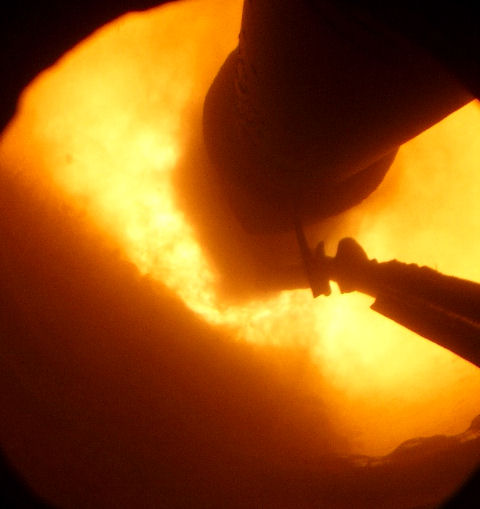
Carbon Capture (CC) refers to technology which is used to “trap”/”catch” carbon emissions (CO2) after they have been emitted but before they enter our atmosphere.
In the past it has by many experts been seen as a controversial method in the decarbonisation of the globe, but today it is better accepted due to the adoption of the EU Green Deal, the Climate Law and the subsequent proposals to increase energy and climate targets for 2030. These initiatives have made Carbon Capture and Storage technologies an important part of the EU decarbonisation efforts.
Carbon Capture is the only known way to limit climate impact in those chemical processes, where CO2-emissions cannot be reduced by electrification or by switching from fossil fuels to biofuels. Examples of such processes are cement and lime manufacturing, where 50% or more of the carbon emissions are generated by the chemical part of the process, when burning limestone in high temperatures.
How does Carbon Capture work?
First, CO2 is generated in a combustion or a chemical process, then it is selectively collected and stored to be utilised at a later stage.
To selectively catch and remove the CO2 from other gases in an exhaust gas system could be done in several different ways. There are chemical, physical and more “mechanical” methods to do this. Examples of such methods are:
The most suitable option for lime industry seems to be membrane filtration due to the fact that the only needed heat or energy source to operate that process is electricity and there is no need for steam for regeneration, and no known hazardous residuals are generated by the processes.
What happens after Capture?
Next step after Capture in the process is to treat the CO2 in such a way that it can either be transported and stored or used in other processes. Carbon Capture and Storage are called CCS, and Carbon Capture and Utilisation (Usage) are called CCU.
Storage (CCS) is normally made in old oil drill holes on land or at sea. In Scandinavia, this means in most cases at locations outside the coast of Norway.
Utilisation (CCU) can be done in very different applications. CO2 can, for example, be used in breweries for carbonation of sodas and beers, for tomato and cucumber cultivation in greenhouses, in new processes for production of circular fuels and as raw materials in circular plastic production.
First Carbon Capture facility already in 2023
At Nordkalk Carbon Capture will be a key element in our journey towards net-zero emissions. The first Carbon Capture facility is planned to be installed in one of Nordkalk’s lime kilns already during the first half of 2023. The installation, based on membrane technology, will be Europe’s first industrial scale facility of its kind. Once the first installation is operational, a full roll-out plan will be finalised to equip all Nordkalk’s operating kilns with the technology by 2030.
In parallel, we will continue our work on the entire carbon chain that includes the capture, sequestration and alternative uses or commercialization of the captured CO2. Exciting times ahead!

Mikael Wendel
Technology Director, Nordkalk’s Quicklime Division
For almost 28 years, Mikael has been responsible for the development and operation of Nordkalk hot processes, most of the time with the goal of improving the company’s technical and environmental performance. Now at the end of his working life he tackles the biggest challenge ever in his career, to lead the process towards making Nordkalk decarbonised.
We use cookies to give you the best internet experience. By giving consent, you accept the use of cookies in accordance with our cookie policy.

When you visit any web site, it may store or retrieve information on your browser, mostly in the form of cookies. Control your personal Cookie Services here.